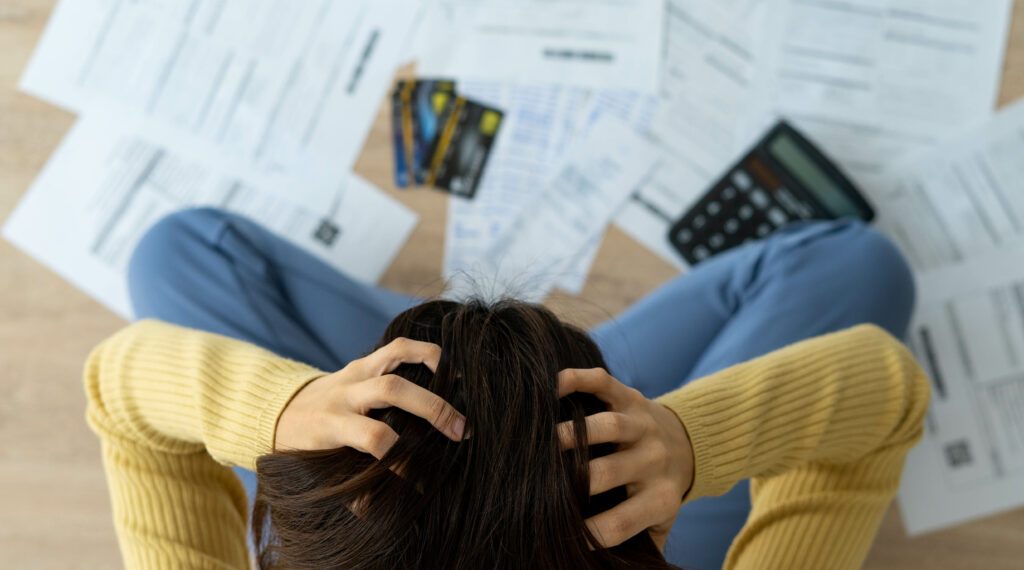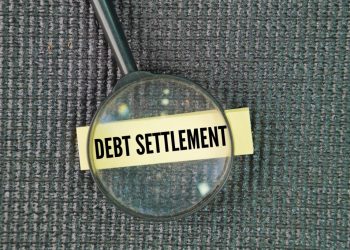Compulsive spending and debt habit are growing points in at this time’s consumer-driven society. Many individuals discover themselves trapped in cycles of emotional spending, accumulating debt that impacts relationships, funds and psychological well being. Applications like Debtors Nameless (DA) and Spenders Nameless assist folks scuffling with these behaviors. This text explores the character of compulsive spending and debt habit, gives self-help options and gives actionable methods for monetary restoration and stability.
Understanding Compulsive Spending and Debt Dependancy
What’s Compulsive Spending?
Compulsive spending, additionally known as purchasing habit, goes past occasional retail remedy. It includes persistent and uncontrollable spending pushed by emotional wants equivalent to stress, nervousness or despair. Folks with this situation might really feel an preliminary rush of pleasure when making purchases, solely to expertise remorse, guilt or disgrace afterward. Widespread indicators of compulsive spending embody:
- Spending past one’s means on pointless gadgets.
- Accumulating vital client debt.
- Hiding purchases from family members.
- Utilizing purchasing as a major coping mechanism for unfavorable feelings.
Over time, compulsive spenders usually face monetary instability, emotional misery and broken relationships.
Debt Dependancy and Its Penalties
Debt habit refers to a behavioral sample the place people depend on borrowing to maintain their way of life, even when it causes hurt. The habit capabilities equally to substance abuse—debtors expertise non permanent aid by way of debt however accumulate extra stress as obligations mount. Key penalties embody:
- Persistent stress and nervousness over unpaid money owed.
- Relationship conflicts as a result of monetary dishonesty.
- Deterioration of economic well being, resulting in chapter or dependence on payday loans.
Some people exhibit behaviors equivalent to “self-debting,” the place they prioritize debt compensation to the detriment of private wants, or “monetary anorexia,” avoiding essential spending out of concern.
Introduction to Debtors Nameless (DA) and Spenders Nameless
What’s Debtors Nameless?
Based in 1968, Debtors Anonymous (DA) follows a 12-step framework much like Alcoholics Nameless. It helps people scuffling with unsecured debt, providing a path to monetary stability by way of abstinence from new debt and conscious monetary practices. DA members share experiences in group conferences, monitor spending and comply with this system’s Twelve Instruments, which assist develop monetary readability and self-discipline. Key points embody:
- Abstinence from Unsecured Debt: Members keep away from accumulating new unsecured loans or bank card balances.
- Conferences and Peer Assist: Common conferences present accountability and emotional assist.
- Spending Data and Plans: Members preserve detailed information of earnings and bills.
Spenders Nameless
Just like DA, Spenders Anonymous focuses particularly on compulsive purchasing and overspending. Its members work by way of a 12-step program that promotes consciousness, accountability, and behavioral change. The purpose is to assist individuals develop more healthy monetary habits and restore their relationships with cash.
Crafting a Debtors Nameless Spending Plan
What’s a Spending Plan?
A spending plan is a monetary instrument that outlines earnings allocation throughout varied classes equivalent to necessities, financial savings and discretionary bills. In contrast to conventional budgets, the DA spending plan emphasizes emotional well-being, encouraging members to stability monetary self-discipline with private wants. This plan helps individuals:
- Keep away from monetary deprivation whereas managing their debt.
- Prioritize financial savings alongside debt compensation.
- Monitor spending to take care of consciousness and keep away from impulsive purchases.
Growing a Wholesome Monetary Routine
Making a sustainable routine is important for long-term success. Steps to develop wholesome monetary habits embody:
- Each day Document-Conserving: Monitor each expense, regardless of how small, to develop monetary mindfulness.
- Set Clear Objectives: Set up achievable monetary milestones equivalent to paying off a particular debt or saving for emergencies.
- Common Evaluate: Consider the spending plan month-to-month to make sure progress and alter as wanted.
Methods for Breaking the Cycle of Debt and Spending
Figuring out Emotional Triggers
Emotional triggers, equivalent to stress, boredom or low shallowness, usually drive compulsive spending. Studying to acknowledge these triggers is a vital step in breaking the spending cycle. As an example, people might interact in binge purchasing to flee emotions of disappointment however later expertise guilt, reinforcing the unfavorable cycle.
- Mindfulness Methods: Follow mindfulness to grow to be conscious of emotional states that immediate spending.
- Journaling: Hold a journal to determine patterns in temper and spending habits.
The Significance of Assist Networks
Assist networks, equivalent to DA and Spenders Nameless, play a crucial position in restoration. These teams supply a non-judgmental surroundings the place individuals can share experiences, discover encouragement and maintain one another accountable. Attending common conferences helps people keep dedicated to their monetary targets and develop new coping mechanisms.
Sustainable Options
Past 12-Step Applications
Whereas 12-step applications are invaluable, some people profit from further therapeutic approaches. Cognitive Behavioral Remedy (CBT) is especially efficient for addressing the emotional roots of compulsive spending. CBT helps individuals determine unhelpful ideas and change them with more healthy views.
- Monetary Counseling: Searching for recommendation from monetary counselors can present sensible methods for planning for the long run.
- Debt Aid: When you really feel trapped by present debt, professional debt relief might allow you to get out from underneath it extra rapidly than you possibly can by yourself.
- Remedy: In instances the place spending habit co-occurs with nervousness or despair, antidepressants could also be prescribed to handle underlying circumstances.
Sustaining Monetary Effectively-Being
Attaining lasting monetary well-being requires steady consciousness and conscious decisions. Listed here are some useful tricks to keep on monitor:
- Set Monetary Boundaries: Set up limits on discretionary spending and keep away from accumulating pointless debt.
- Keep Conscious of Triggers: Be conscious of promoting methods that encourage impulse shopping for.
- Rejoice Progress: Acknowledge and rejoice small achievements, like paying off a bank card or finishing a month with out taking over new debt.
Recovering from debt habit and compulsive spending requires a mix of self-awareness, sensible instruments and neighborhood assist. Applications like Debtors Nameless and Spenders Nameless supply structured approaches to assist people regain management over their funds and rebuild their lives. Monetary well-being is not only about eliminating debt—it’s about making a balanced relationship with cash that promotes each safety and private success. With the precise assist and a transparent plan, anybody might obtain lasting monetary wellness.
The content material supplied is meant for informational functions solely. Estimates or statements contained inside could also be primarily based on prior outcomes or from third events. The views expressed in these supplies are these of the writer and will not replicate the view of National Debt Relief. We make no ensures that the knowledge contained on this website will probably be correct or relevant and outcomes might fluctuate relying on particular person conditions. Contact a monetary and/or tax skilled concerning your particular monetary and tax state of affairs. Please go to our phrases of service for full phrases governing the use this website.










